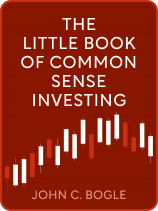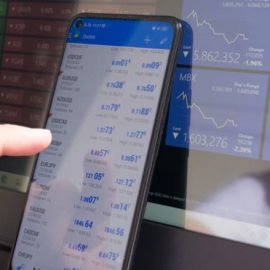

This article is an excerpt from the Shortform book guide to "The Little Book of Common Sense Investing" by John C. Bogle. Shortform has the world's best summaries and analyses of books you should be reading.
Like this article? Sign up for a free trial here.
What is the portfolio turnover rate in mutual funds? How does a mutual fund’s portfolio turnover compare to turnover in index funds?
Portfolio turnover is the ratio of a portfolio’s total assets to its total purchases and sales. Because higher portfolio turnover creates more fees, such as commissions to stockbrokers, mutual funds cost investors more money due to their higher turnover rates.
Keep reading to learn how to evaluate portfolio turnover rates.
Portfolio Turnover
What is the portfolio turnover rate in mutual funds? According to Jack Bogle, the author of The Little Book of Common Sense Investing, turnover costs are approximately 1% of turnover rate. To illustrate, a mutual fund with 40% turnover would cost investors about 0.4% in associated fees. Moreover, Bogle observes that in 2016, sales and purchases within mutual funds totaled $6.6 trillion, or 78% of the total $8.4 trillion in mutual fund assets. Consequently, he concludes that the average mutual fund costs another 0.78% to its investors.
(Shortform note: Scholars have confirmed that high-turnover activity has a statistically significant negative correlation with average returns—in other words, actively managed funds with greater trading activity tended to deliver lower returns than those with less trading activity. Consequently, some experts caution against investing in funds with turnover rates above 30%.)
By contrast, because index funds are held indefinitely, they have little-to-no turnover costs. In fact, Bogle states that the TIF’s annual portfolio turnover is about 3%, costing investors a minuscule 0.03% of their assets.
(Shortform note: Index funds only require turnover when their underlying index changes its composition. For example, between 20 and 25 stocks leave the S&P 500 annually, meaning that 20 to 25 new stocks enter the S&P 500 annually. Consequently, index funds that track the S&P 500 sell their shares of stocks that left the S&P 500, then purchase shares of stocks that joined the S&P 500.)

———End of Preview———
Like what you just read? Read the rest of the world's best book summary and analysis of John C. Bogle's "The Little Book of Common Sense Investing" at Shortform.
Here's what you'll find in our full The Little Book of Common Sense Investing summary:
- A simple winning strategy for novice investors
- Why index funds are superior to mutual funds
- Why bonds belong in your investment portfolio






